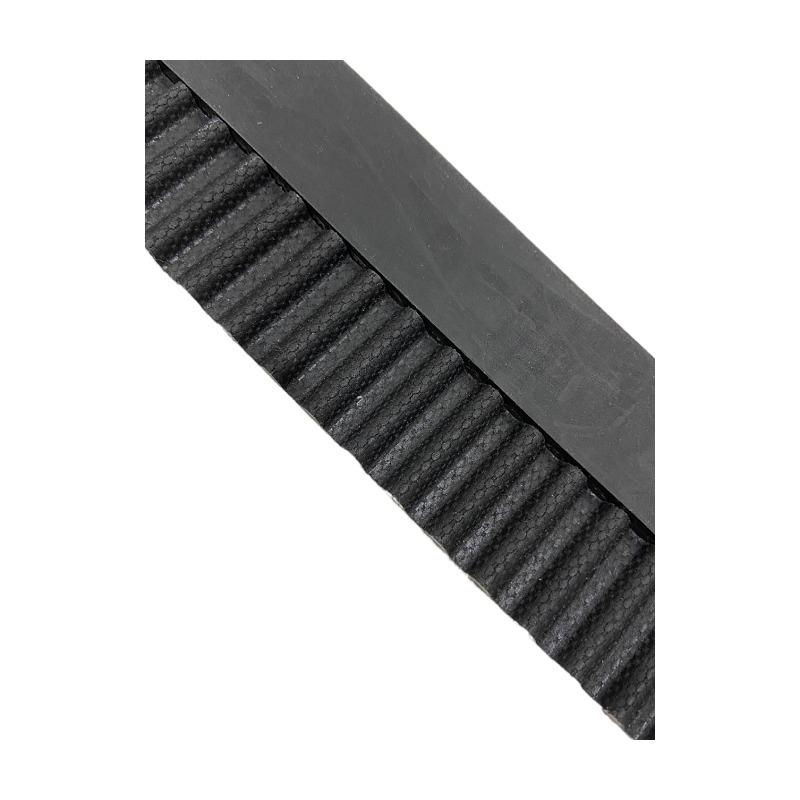- Arabic
- French
- Russian
- Spanish
- Portuguese
- Turkish
- Armenian
- English
- Albanian
- Amharic
- Azerbaijani
- Basque
- Belarusian
- Bengali
- Bosnian
- Bulgarian
- Catalan
- Cebuano
- Corsican
- Croatian
- Czech
- Danish
- Dutch
- Afrikaans
- Esperanto
- Estonian
- Finnish
- Frisian
- Galician
- Georgian
- German
- Greek
- Gujarati
- Haitian Creole
- hausa
- hawaiian
- Hebrew
- Hindi
- Miao
- Hungarian
- Icelandic
- igbo
- Indonesian
- irish
- Italian
- Japanese
- Javanese
- Kannada
- kazakh
- Khmer
- Rwandese
- Korean
- Kurdish
- Kyrgyz
- Lao
- Latin
- Latvian
- Lithuanian
- Luxembourgish
- Macedonian
- Malgashi
- Malay
- Malayalam
- Maltese
- Maori
- Marathi
- Mongolian
- Myanmar
- Nepali
- Norwegian
- Norwegian
- Occitan
- Pashto
- Persian
- Polish
- Punjabi
- Romanian
- Samoan
- Scottish Gaelic
- Serbian
- Sesotho
- Shona
- Sindhi
- Sinhala
- Slovak
- Slovenian
- Somali
- Sundanese
- Swahili
- Swedish
- Tagalog
- Tajik
- Tamil
- Tatar
- Telugu
- Thai
- Turkmen
- Ukrainian
- Urdu
- Uighur
- Uzbek
- Vietnamese
- Welsh
- Bantu
- Yiddish
- Yoruba
- Zulu
7-р сар . 27, 2024 00:01 Back to list
Understanding the Importance of Fan Belts and Timing Belts in Vehicle Maintenance and Performance
Understanding Fan Belts and Timing Belts Essential Components of Your Vehicle
When it comes to the intricate machinery of an automobile, two components stand out for their vital roles in ensuring smooth operations the fan belt and the timing belt. While both often go unnoticed by the average driver, they are crucial for the performance and longevity of your vehicle. This article delves into the functions, differences, and maintenance of these two essential belts.
What is a Fan Belt?
The fan belt, also known as the serpentine belt or accessory belt, is a long, continuous loop that powers various accessories in the engine, including the radiator fan, power steering pump, alternator, and air conditioning compressor. Typically made of rubber, the fan belt operates by connecting the crankshaft pulley to various accessory pulleys, ensuring that they receive the power needed for optimal operation.
When the engine runs, the fan belt spins around these pulleys, transmitting the necessary motion. If the fan belt stretches, cracks, or breaks, it can lead to issues such as overheating, loss of power steering, and failure of the electrical system. Regular inspections of the fan belt are essential, and most mechanics recommend replacing it every 60,000 to 100,000 miles, depending on driving conditions and manufacturer recommendations.
What is a Timing Belt?
Contrasting with the fan belt, the timing belt is a critical component that synchronizes the rotation of the crankshaft and camshaft(s) in the engine. This synchronization is vital for maintaining the correct timing of engine valves, ensuring they open and close at the appropriate intervals. Typically made of rubber with fibrous reinforcement, the timing belt is hidden beneath a protective cover, making it less visible than the fan belt.
Unlike the fan belt, the timing belt operates under high tension and takes on much more responsibility. If the timing belt fails, it can lead to catastrophic engine damage, particularly in interference engines, where the pistons and valves occupy the same space. Manufacturers often recommend replacing the timing belt every 60,000 to 100,000 miles, but it's essential to consult the vehicle’s owner manual for specific intervals.
Key Differences
fan belt and timing belt

While both belts share similarities in materials and some functional aspects, they serve different purposes. The fan belt powers accessories, while the timing belt ensures precise timing between engine components. Additionally, they are located in different places within the engine bay, with the timing belt generally housed under a cover and the fan belt more accessible.
Maintenance Tips
Proper maintenance of both the fan belt and timing belt is crucial for vehicle longevity
. Here are some maintenance tips1. Regular Inspections Check the fan belt for signs of wear such as cracks, fraying, or glazing. For the timing belt, verify whether the replacement interval is approaching.
2. Listen for Noises Unusual squeaking or squealing noises can indicate problems with the fan belt. If you hear strange noises coming from the engine, it may be time for an inspection.
3. Consult Professionals Always consult with a professional mechanic for an assessment, especially regarding the timing belt, as its failure can lead to costly repairs.
4. Follow Manufacturer Recommendations Always adhere to the manufacturer’s guidelines for replacement intervals to prevent unexpected failures.
In conclusion, understanding the roles of fan belts and timing belts is crucial for maintaining your vehicle's health. Regular checks and timely replacements can prevent minor issues from escalating into major repairs, ensuring that your automobile runs smoothly and efficiently. By taking proactive steps in maintaining these essential components, you can help extend the life of your vehicle and enhance your driving experience.
-
Korean Auto Parts Timing Belt 24312-37500 For Hyundai/Kia
NewsMar.07,2025
-
7PK2300 90916-T2024 RIBBED BELT POLY V BELT PK BELT
NewsMar.07,2025
-
Chinese Auto Belt Factory 310-2M-22 For BMW/Mercedes-Benz
NewsMar.07,2025
-
Chinese Auto Belt Factory 310-2M-22 For BMW/Mercedes-Benz
NewsMar.07,2025
-
90916-02660 PK Belt 6PK1680 For Toyota
NewsMar.07,2025
-
drive belt serpentine belt
NewsMar.07,2025

